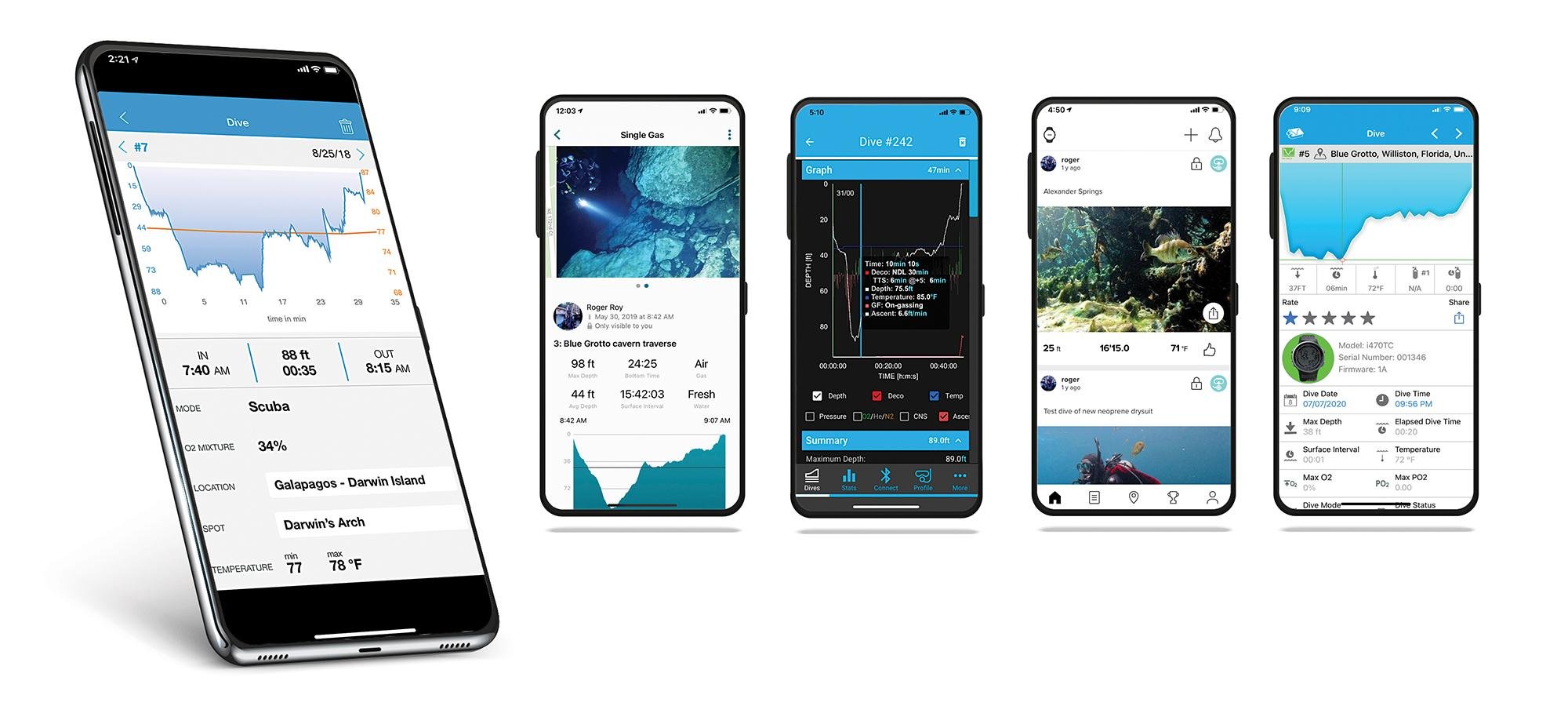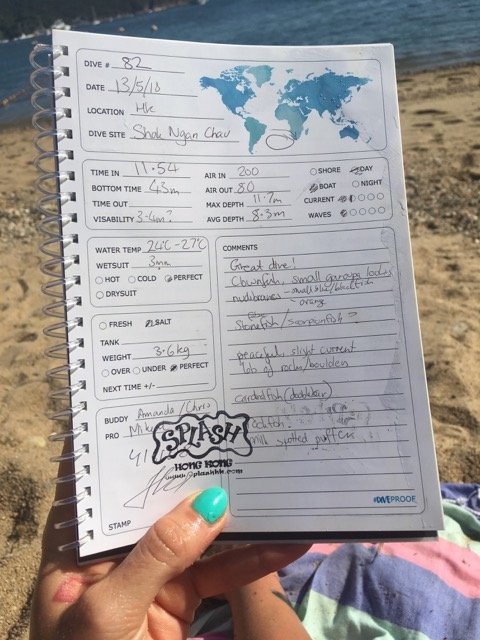
PADI App Dive Log Redesign:
Interaction Design
Seek Adventure, Save the Ocean!
Recognizing PADI's pivotal role in the diving community, I observed an opportunity to enhance the user experience of its app, which currently lacks essential features. Motivated by this observation and driven by my passion for diving, I undertook the project to redesign the Dive Log feature of the PADI app.
The project aimed to prioritize user needs and cultivate habitual use by divers. Central to my approach was the creation of a user-centric and visually compelling platform that not only elevates the dive logging experience but also stays true to the core purpose of why divers maintain detailed logs.

PADI - The Way the World Learns to Dive
With the PADI App, your Smartphone is also your log book.
What is a Dive Log?
A dive log is a physical or digital record of underwater experiences, detailing dive sites, depth, duration, and observations.
It's helpful for safety and community learning, enabling divers to track progress, plan dives, and share insights for enhanced safety and knowledge exchange. Access to others' logs fosters collaboration, facilitating shared learning and informed decision-making for all divers.
PADI USERS
The Current Experience
PADI's new app design seems to neglect the log book feature as the reviews on the app state.
In addition to its poor performance it lacks crucial features such as specific log pages for viewing and sharing dive information, as well as a social dive book experience. Divers find this particularly problematic since sharing dive insights helps other divers make more informed decisions for their dives.
Identified Task Flows
In order to understand the scope of the project and address the pain points that exist in the current PADI APP I conducted User testing resulting in creating two new user flows for the app.
Identified Task flow - Log/Share a dive
PADI’s new app design had a good flow for logging a dive, however It has no specific log pages to view your dive information or share it. This flow will address these glaring issues.
*NEW Identified Task flow - Save a dive from the community page
After conducting our audit of the current app through heuristic analysis, crafting new user flows, and conducting user tests I established goals for redesign.
Design Objectives
1. Create a log page that is informative without feeling heavy and overwhelming.
2. Engage users and make logging a dive habitual and meaningful.
3. Promote connection amongst divers and make the community feel more accessible, so that information can flow more freely between divers.
Moodboard
Benchmarking
In exploring alternative digital dive logs, I noticed varying information hierarchies and data viz decisions, each offering strengths and weaknesses.
While some features were beneficial, like the addition of a search bar, dive rating system, and dive type indicator icons. Other features introduced friction into the user experience, as noted by both myself and other reviewers.
Both apps lacked a feature to download and save a backup of your dive log in case of data loss.
Dive Number App
Buddy App
User Testing
Created paper and digital (Figma) wireframes and conducted usability testing in order to refine users experience and design decisions.
Discoveries: Older generations struggled with swiping mechanics, so buttons should be implemented. Words and Icons should be present together every time for clarity.
Style Guide
The style guide is vital for a brand's app as it establishes a consistent visual language and design system, ensuring a cohesive and seamless user experience.
By providing guidelines for typography, color palette, iconography, spacing, and other design elements, the style guide helps maintain brand identity, enhances recognition, and facilitates efficient design collaboration across different teams.
Final Design - Link to Prototype
Takeaways
Redesigning the PADI Log Book feature taught me the significance of initial research into user expectations for a platform. Through this process, I discovered that users prioritize functionalities such as securely storing, viewing, sharing, and researching dives over social media interactions like commenting and liking.











